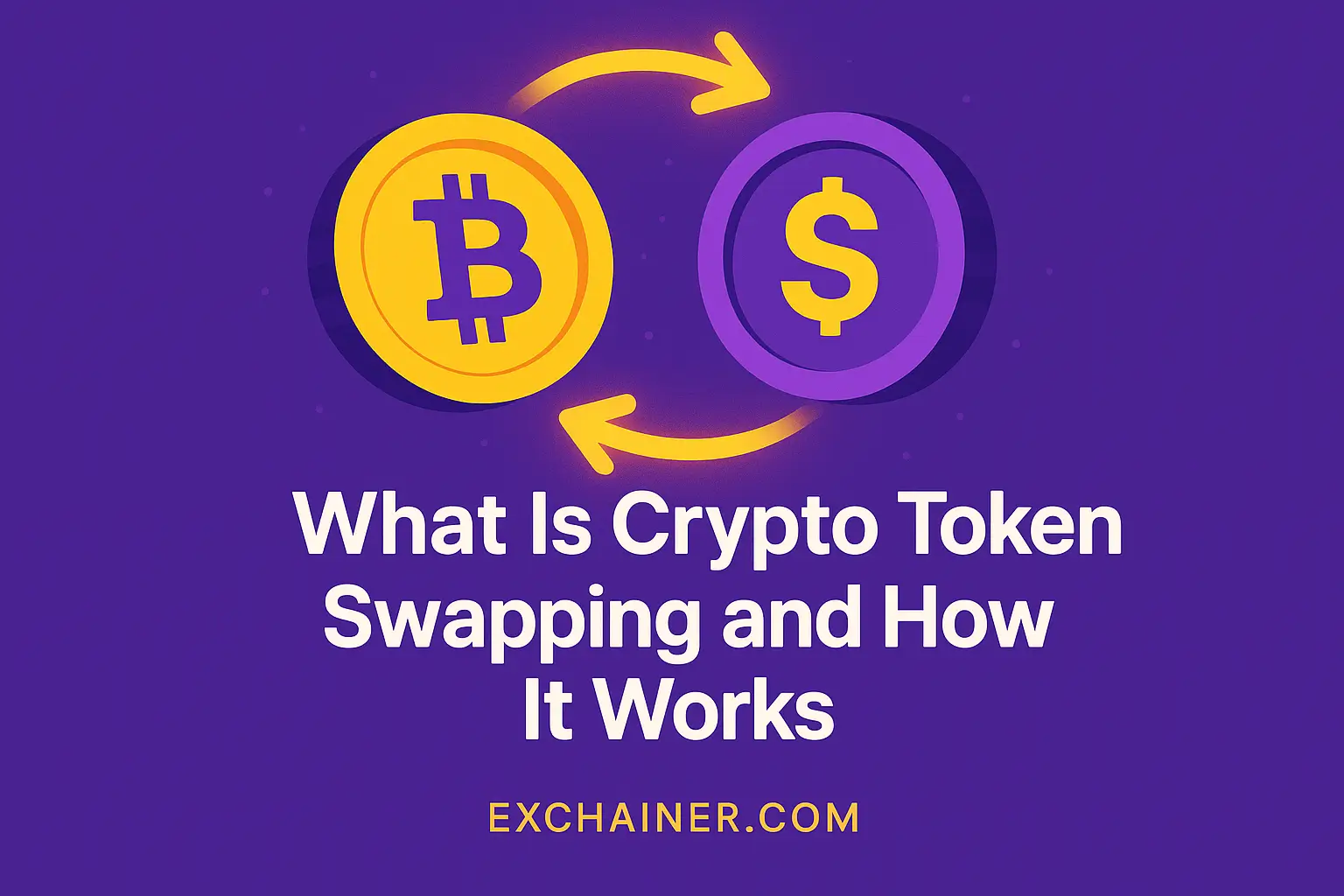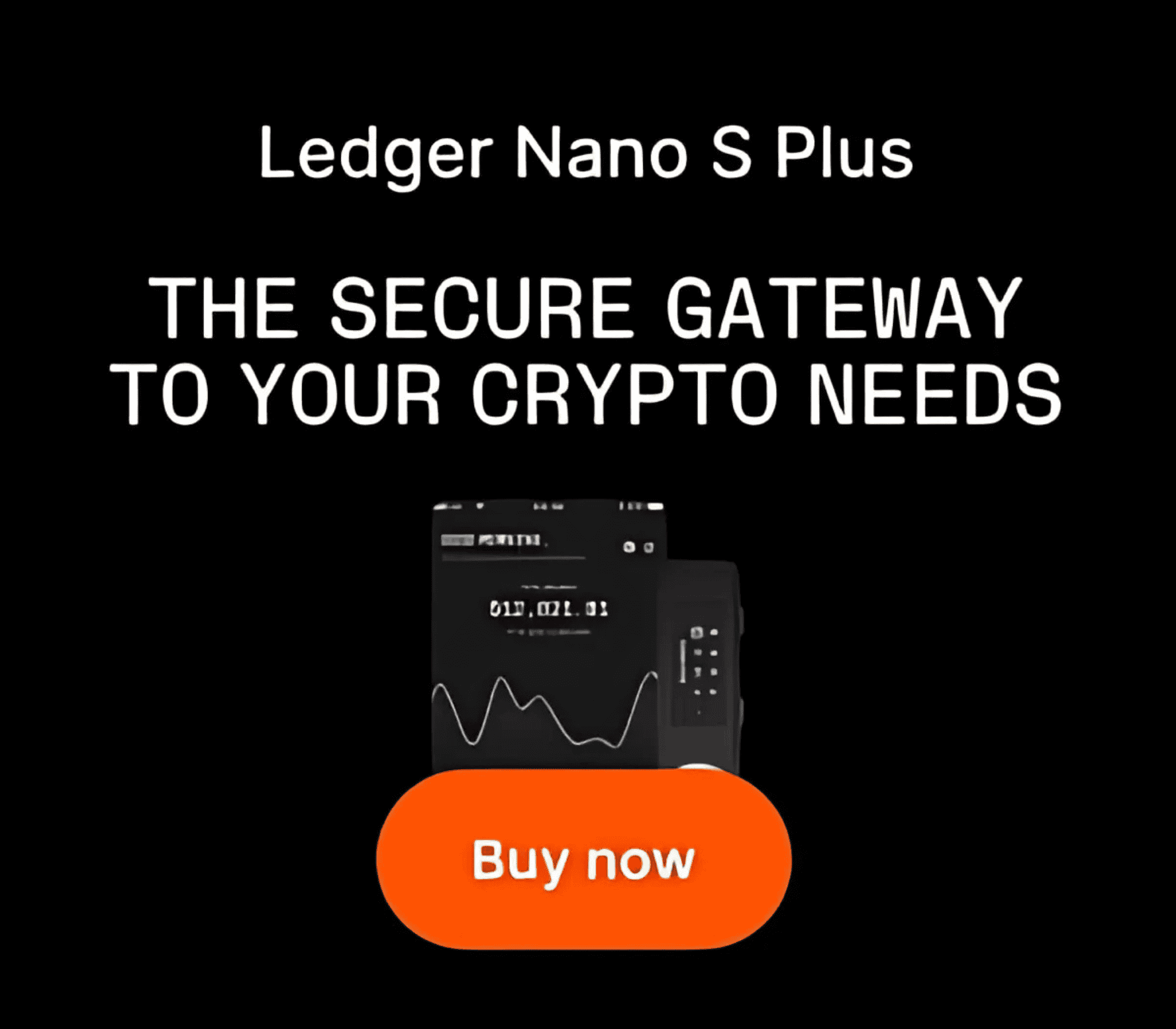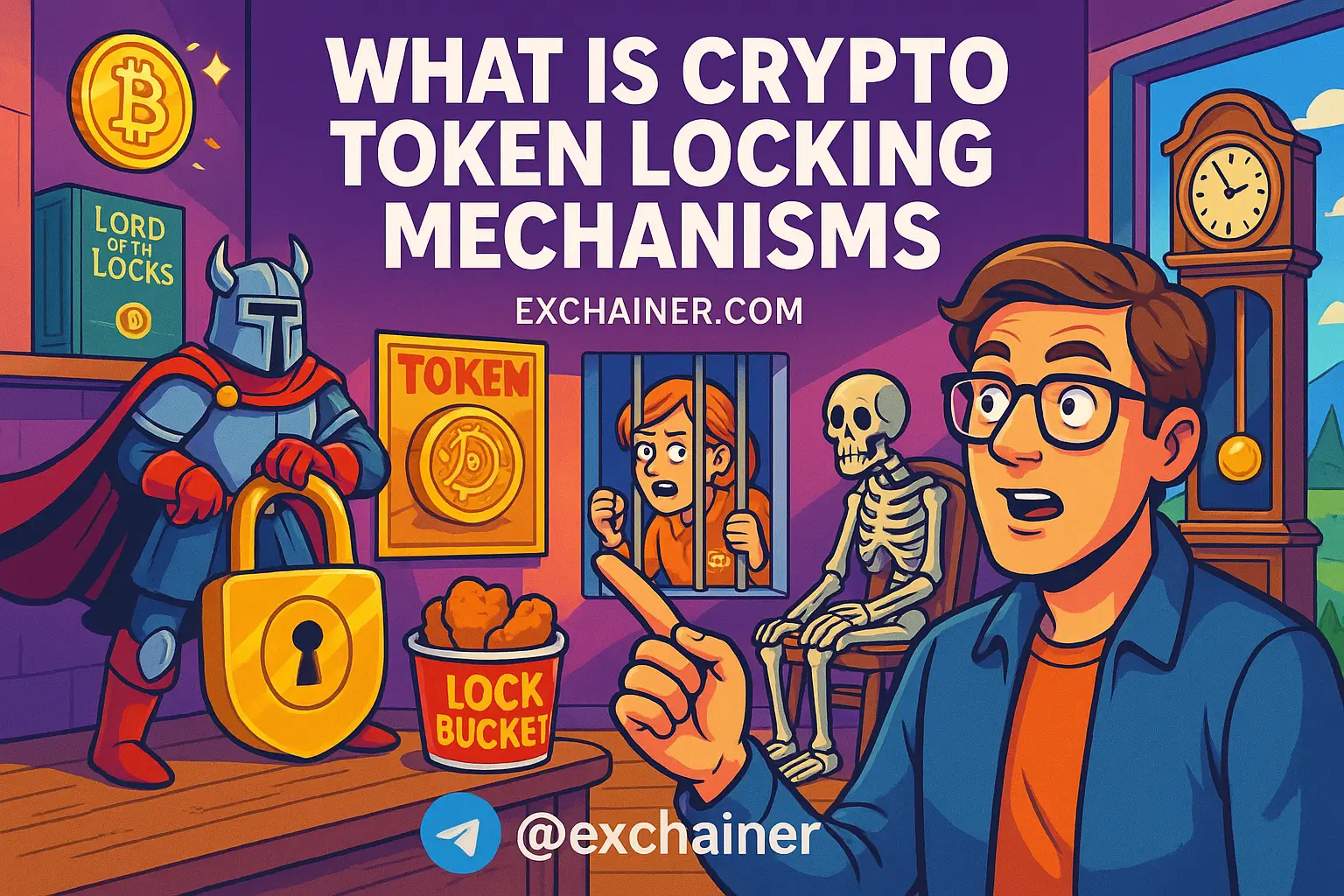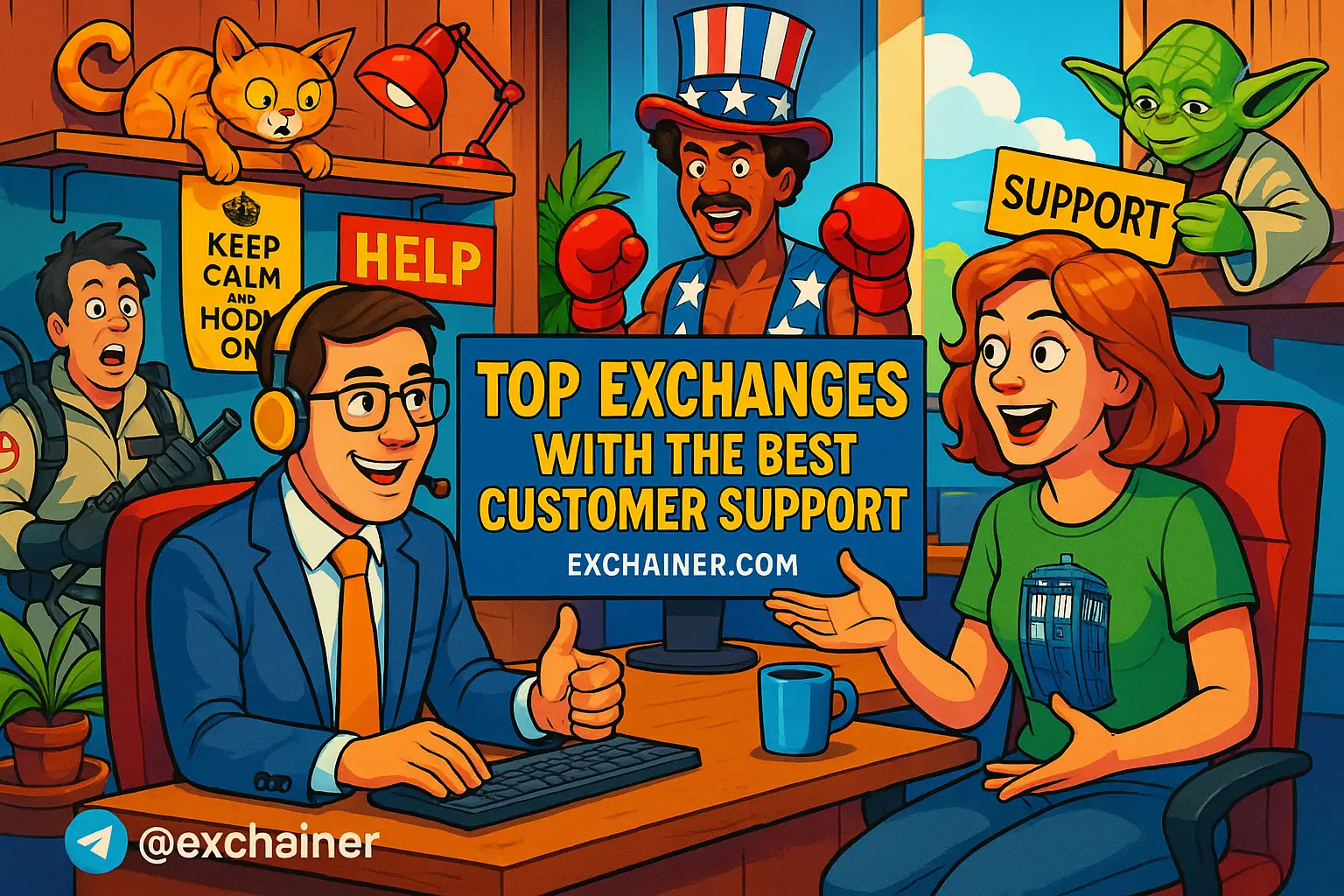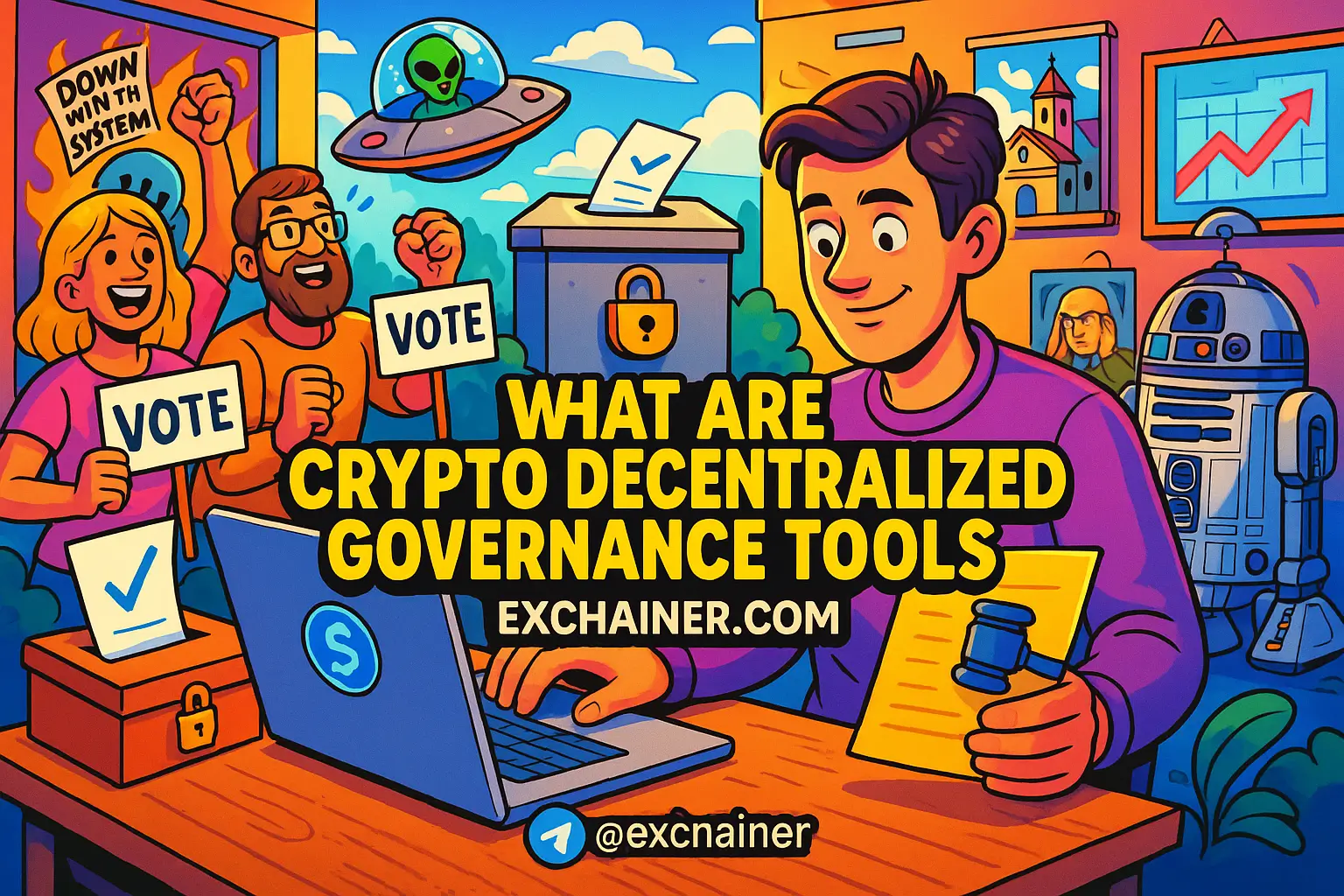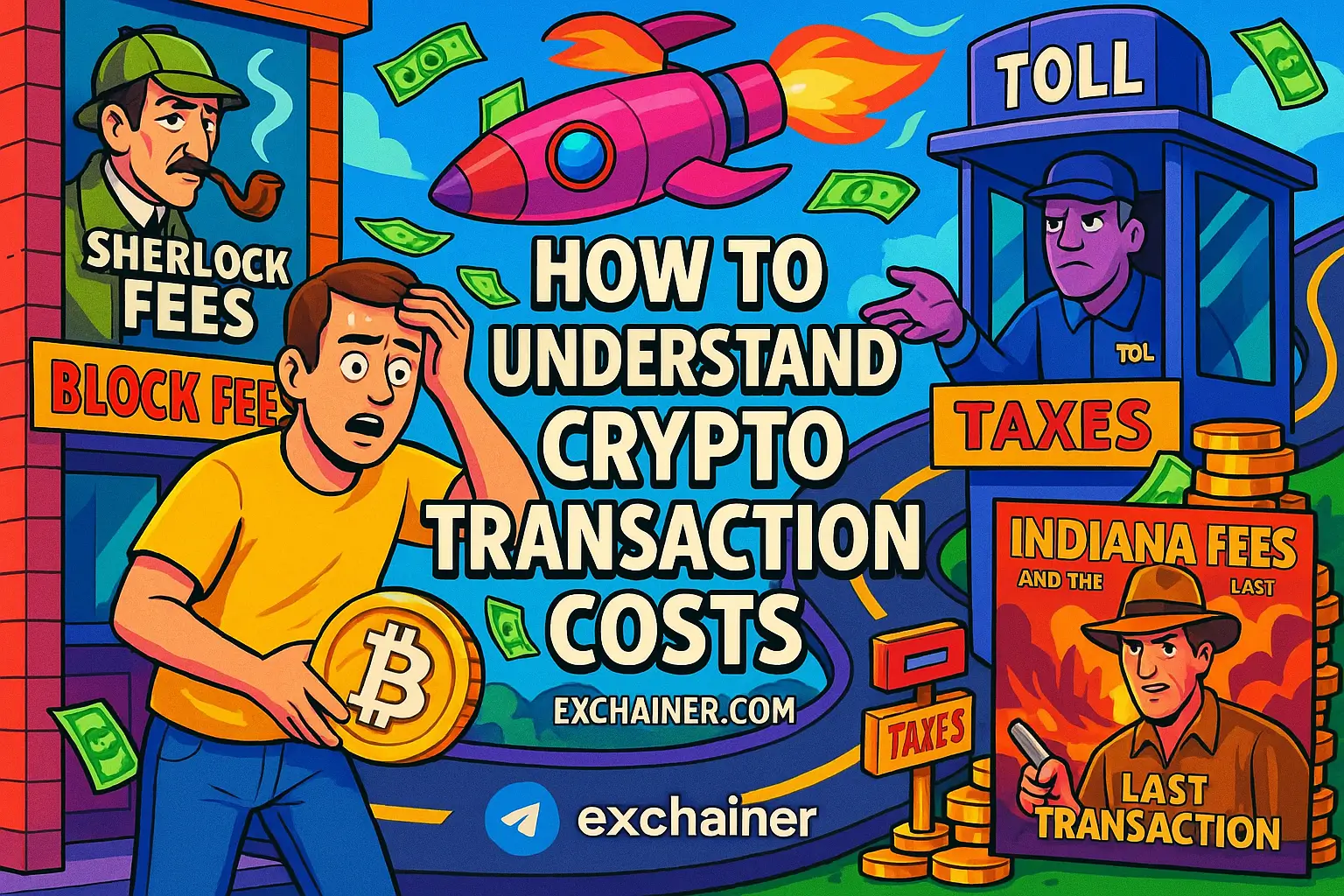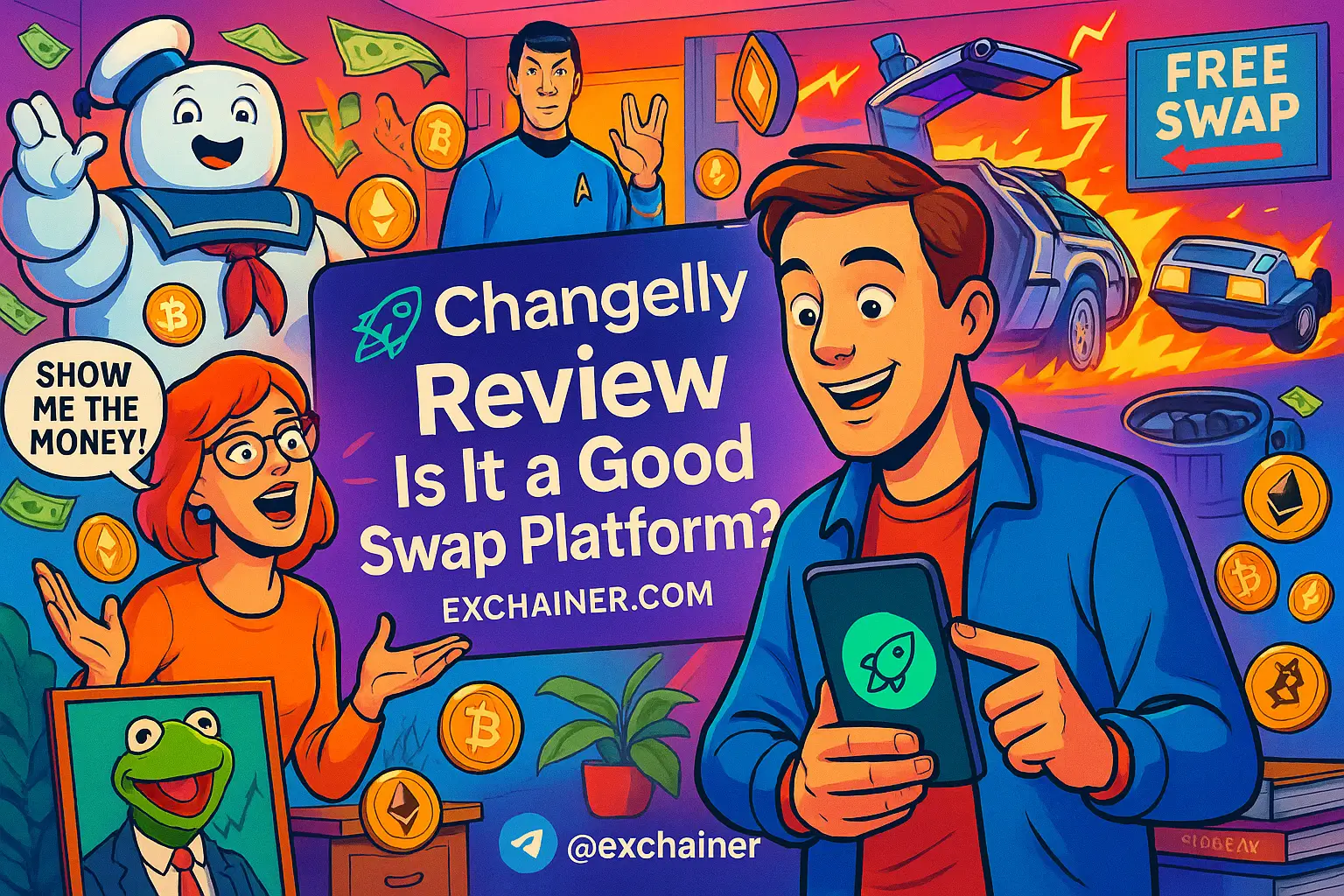Introduction
Friends, imagine you’re holding some cryptocurrency and want to exchange it for a different token — but without the hassle of cashing out to fiat and paying multiple fees. Whether you're a trader chasing opportunities or just a holder aiming to diversify, understanding crypto token swapping is a game-changer. In 2024, token swapping volume keeps surging as more users embrace decentralized finance and new chains pop up like mushrooms after rain. So, what makes token swapping such an essential skill in your crypto toolkit?
Put simply, crypto token swapping is the process of exchanging one cryptocurrency for another directly on a blockchain, bypassing traditional methods. Instead of selling coins for cash and buying fresh ones, swapping lets you switch tokens seamlessly — often in just a few clicks. But it’s not always straightforward. People search “how token swapping works,” “is it safe,” “what about fees,” and “can I swap tokens across different blockchains?” These are exactly the questions we’re going to unpack.
In this comprehensive guide, we’ll dive into the nuts and bolts of token swapping. First, you'll learn the on-chain mechanics—smart contracts, liquidity pools, approvals—that power swaps. Then, we’ll compare decentralized exchanges (DEXs) with centralized exchanges (CEXs), revealing practical pros and cons. We’ll also explore exciting new frontiers like cross-chain and atomic swaps that let you trade assets between different blockchains smoothly. Of course, we’ll talk about fees, risks, and how you can swap safely like a pro.
Stick around for practical tips and a handy safety checklist, so your next swap is quick, cost-effective, and worry-free. By the end of this article, you’ll understand token swapping inside out and feel confident navigating this essential crypto skill. Let’s jump in!
How Token Swapping Works
To understand how token swapping works, let’s zoom into what happens behind the scenes when you swap one crypto token for another on a blockchain. The magic happens through decentralized smart contracts — little programs that run automatically on blockchains like Ethereum or Binance Smart Chain.
When you initiate a token swap, the first step involves the token approval. Since tokens are governed by smart contracts, you must give permission for that contract to access and move your tokens on your behalf. This step ensures your funds remain secure and only get transferred if you agree.
Next comes the heart of the swap: the liquidity pool. Think of liquidity pools as big pots of token pairs contributed by liquidity providers who earn fees when swaps happen. These pools use algorithms to determine price and availability. Instead of matching buyers and sellers like traditional exchanges, the swap is executed against this pool directly through an automated market maker (AMM) formula.
Here is a typical swap flow on a decentralized exchange (DEX):
- You enter the amount of Token A you want to swap for Token B.
- The DEX quotes the exchange rate based on the current liquidity pool balance.
- You get a slippage tolerance warning — this protects you from price swings while your transaction confirms.
- Once confirmed, the smart contract moves your Token A into the pool and sends Token B back to your wallet.
- You get a confirmation — and voilà, the swap is complete.
Let’s take a practical example: swapping ETH for USDC on Uniswap, one of the most popular DEXs. Suppose you want to trade 1 ETH. You enter the amount on Uniswap’s interface, which immediately calculates how many USDC you'll receive based on the liquidity pool. You approve the swap, confirm the gas fee, and the smart contract completes the trade on-chain. The USDC lands directly into your wallet in minutes, without leaving the blockchain or involving an intermediary.
That’s the beauty of token swapping — simple, instantaneous, and censorship-resistant. But there’s more beneath the surface that separates decentralized from centralized approaches.
Decentralized Token Swaps (DEX)
Decentralized token swapping has transformed how people trade cryptocurrency by removing middlemen and allowing anyone, anywhere access to liquidity. The secret sauce here lies in Automated Market Makers (AMMs). Unlike traditional order books where buyers and sellers wait to match, AMMs rely on a simple yet ingenious math formula to price tokens.
The most common formula is the constant product formula: x * y = k, where x and y are token reserves and k is a constant. When you add one token to the pool, the other token’s amount adjusts to keep k constant, which shifts the price. This design guarantees there’s always liquidity but causes “price impact” — your swap changes the pool balance and thus the token price.
Popular DEX platforms like Uniswap, SushiSwap, and PancakeSwap offer different user experiences and fee models but all work via AMMs. Uniswap, for example, is known for Ethereum assets, SushiSwap targets multi-chain users, and PancakeSwap is optimized for Binance Smart Chain with low fees.
Liquidity providers (LPs) are critical participants who deposit equal values of token pairs into pools. They earn a share of swap fees, incentivizing them to supply liquidity. However, LPs face a unique risk called impermanent loss — if token prices shift significantly, holding both tokens in the pool might yield less value than holding them individually. This risk affects the overall health of liquidity and, indirectly, swap efficiency and slippage.
If you’re swapping small amounts or popular pairs, DEX fees and price impact are usually manageable. But for big transactions or low-liquidity tokens, slippage can skyrocket, making DEX swaps expensive. That’s why checking liquidity depth and setting slippage tolerance is essential before any swap.
Centralized Exchanges & Token Swaps
Now, let’s switch gears to token swap on exchanges — how centralized exchanges (CEXs) handle token trading differently. CEXs like Binance, Coinbase, and Kraken act as middlemen, holding custody of your funds and running order books where buyers and sellers trade at matched prices.
One type of token swap on CEXs is the instant swap feature. Instead of a traditional limit or market order, some centralized platforms offer one-click swaps where the exchange executes the trade for you behind the scenes. It feels familiar and fast — swap 0.5 BTC for ETH without placing complex orders.
Moreover, many projects conduct token migrations and custodial swap events. For example, when a project upgrades its token standard (say from ERC-20 to a new chain), exchanges often handle the swap internally for users, so you don’t need to manually convert your tokens. However, sometimes you need to claim your tokens via platform instructions.
The pros of CEX swaps include speed (no waiting for blockchain confirmation delays), user-friendly interfaces, and lower slippage on major pairs due to high liquidity. But beware of the cons: centralized control means you deposit trust in the exchange’s security and compliance systems. You may face withdrawal restrictions, KYC checks, and custody risks that don’t exist with decentralized swaps.
For crypto beginners, CEX token swaps can be more approachable, especially if they’re already using the exchange for spot trading. However, traders seeking privacy, trustlessness, or cutting-edge tokens usually prefer DEX solutions.
Cross-Chain & Atomic Swaps
Swapping tokens within a single blockchain is straightforward, but how do you exchange assets between different blockchains? That’s where atomic swaps and cross-chain token swaps enter the picture.
Atomic swaps are trustless, peer-to-peer exchanges between different blockchains, powered by Hash Time-Locked Contracts (HTLCs). They ensure that either both users complete the swap simultaneously or the transaction automatically cancels, preventing one party from cheating. Imagine trading Bitcoin for Litecoin without an intermediary — that’s atomic swap in a nutshell.
While elegant in theory, atomic swaps still face limitations such as complex setups and limited support. That’s why many users rely on cross-chain bridges — smart contracts or protocols that lock tokens on one chain and mint equivalent wrapped tokens on another. Bridges like Thorchain, Cosmos IBC, and Polkadot parachains offer interoperability frameworks making cross-chain swaps more accessible.
However, bridges come with their own vulnerabilities like smart contract bugs or hacking risks, as history has unfortunately shown with large bridge exploits. Still, the crypto community is actively working on safer, more user-friendly cross-chain solutions.
As decentralized finance expands beyond single chains, cross-chain token swapping is becoming a vital skill for traders and users eager to tap into different ecosystems seamlessly.
Fees, Risks, and Best Practices
Before diving into your next swap, it's crucial to understand token swap fees and risks and how to navigate them smartly.
Fees usually come in three flavors:
- Gas fees: The cost to run transactions on your blockchain (e.g., Ethereum gas). These fluctuate wildly depending on network congestion.
- Platform fees: Some DEXs or CEX swap features charge a small percentage as protocol revenue or exchange income.
- Slippage: The difference between expected and actual swap price due to liquidity and price impact.
To minimize costs, try swapping during low network usage, choose low-fee blockchains when possible, and monitor slippage settings.
Risks abound in the wild west of token swapping. Be vigilant about:
- Approval exploits: Malicious contracts might request unlimited token access. Always double-check the contract you’re approving.
- Front-running: Bots can anticipate large swaps and manipulate prices, causing worse rates.
- Fake tokens: Scammers create tokens mimicking popular assets. Confirm contract addresses on official sources like CoinMarketCap.
- Rug pulls: Liquidity providers might suddenly withdraw funds, crashing token value.
Here’s a quick practical checklist before any token swap:
- Verify the token contract address from official channels.
- Check the liquidity pool’s size and recent volume.
- Set slippage tolerance conservatively (e.g., 1-3%) unless you accept higher risk.
- Use reputable swap interfaces with good reviews.
- Test with a small amount before swapping the full sum.
Following these tips will keep your crypto dealings safer and smarter.
Conclusion
Crypto token swapping, friends, is not just a trend — it’s a foundational capability in the world of digital currency trading and finance. We’ve covered how token swapping works under the hood with smart contracts and liquidity pools, explored decentralized token swaps powered by AMMs, and weighed how centralized exchanges execute swaps differently with custodial control. We also ventured into cutting-edge territory with atomic swaps and cross-chain solutions unlocking interoperability beyond single blockchains.
When deciding where to swap, consider your priorities. For fast, beginner-friendly trades with fiat gateway access, centralized exchanges shine. But if you value control, transparency, and access to a wider range of tokens, decentralized swaps on DEXs are unbeatable. Cross-chain swapping is gradually becoming mainstream — keep an eye on evolving projects like Thorchain and Cosmos.
Always remember that fees and risks are part and parcel of token swapping. Gas prices, platform costs, slippage, scam tokens, and front-running require your attention. Use our practical checklist: verify contracts, check liquidity, set cautious slippage, pick trusted platforms, and test small trades. This approach will navigate you past common pitfalls.
Looking ahead, token swapping is evolving rapidly. Expect smoother interfaces, more secure bridges, and clearer regulation to empower users worldwide. As Warren Buffett hints, "Risk comes from not knowing what you're doing." With this guide, you’re one step closer to mastering crypto token swapping safely and confidently.
Ready to deepen your understanding? Check out more beginner-friendly guides at Crypto 101, explore which platforms suit you via our Exchange Reviews, and learn to protect your assets at Tools and Wallets. Your crypto journey is just getting started — let’s swap smarter together!

